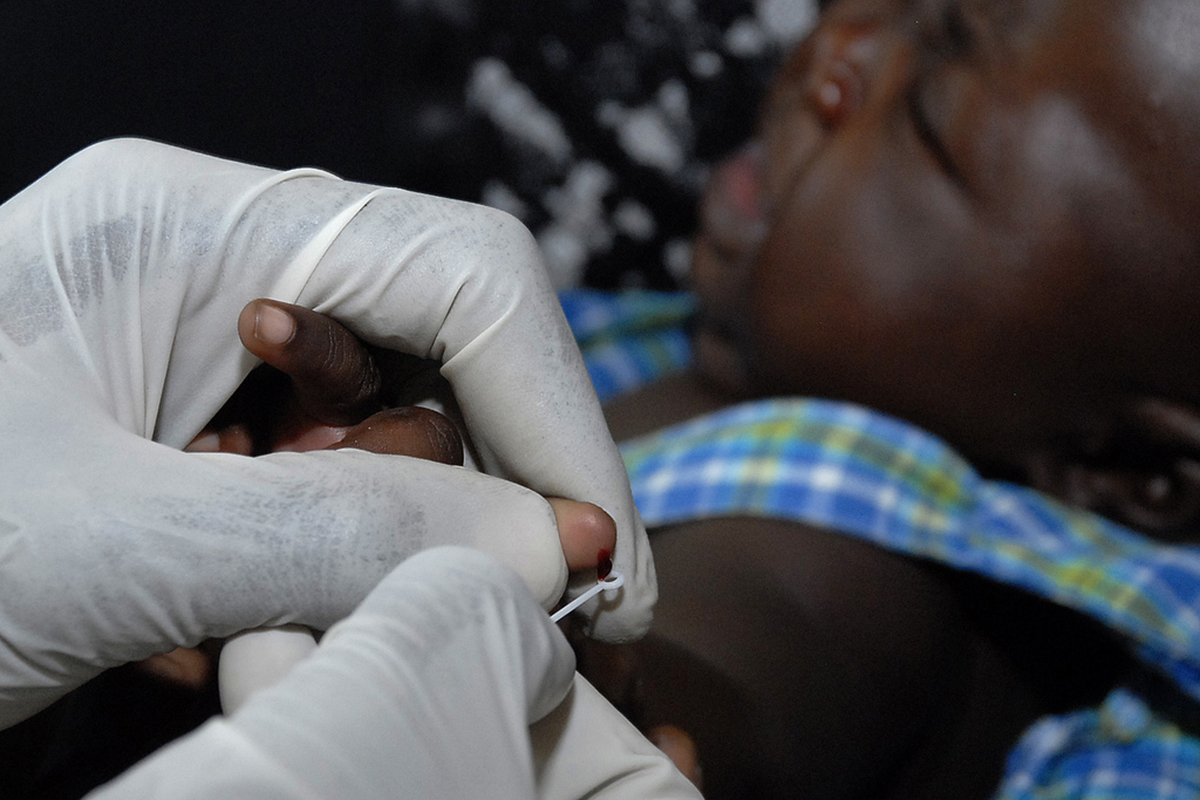Table of Contents
Measles used to be a disease that nearly every kid got. Spread from child to child and from child to previously uninfected adults by contact with droplets of mucus or saliva, whole classes of school children often got the disease. I myself caught measles at a birthday party when I was five (before there were vaccines).
The next day all 30 children who were at the party had runny noses, fevers, cough, and worried mothers. Two or three days later, we all had the well-known red spots. At least two of the children developed pneumonia (one of them being me), a not uncommon complication of the infection, and one went temporarily blind. None of these children had been vaccinated, since at this time, the measles vaccine did not exist.

Measles was not and is not a benign disease. Before the rubeola vaccine was introduced in 1963, three to four million children a year caught the disease just in the United States. On average 48,000 American children had to be hospitalized, 4,000 developed permanent brain damage, and 400 to 500 died.
Do Measles Shots Really Work?
There's no doubt that measles vaccinations, given as part of the MMR (measles-mumps-rubella) shots required of most Amiercan public school children, stops measles. In 2000, the United States had no cases of measles at all. It is not necessary for absolutely every child to get the MMR vaccine to stop the spread of the disease. After all, you can't catch measles from someone who doesn't have it. As long as 93 to 95 percent of the population either has had measles (once you get them, you never get them again) or has had the immumization, the virus is not found in the general population. However, in recent years the problem has been that children visiting from countries where vaccination is not required have brought the virus with them, and spread it to local children whose parents have chosen not to have them immunized.
Is There Any Reason Not To Get The MMR Vaccine?
- Jain A, et al. Autism occureence by MMR vaccination status among US children with siblings with and without autism. JAMA. 2015 April 21. 313 (15), 334-40.
- Photo courtesy of US Army Africa via Flickr: www.flickr.com/photos/usarmyafrica/4553747600
- Photo courtesy of Daniel Paquet via Flickr: www.flickr.com/photos/danielpaquet/5116249876


Your thoughts on this